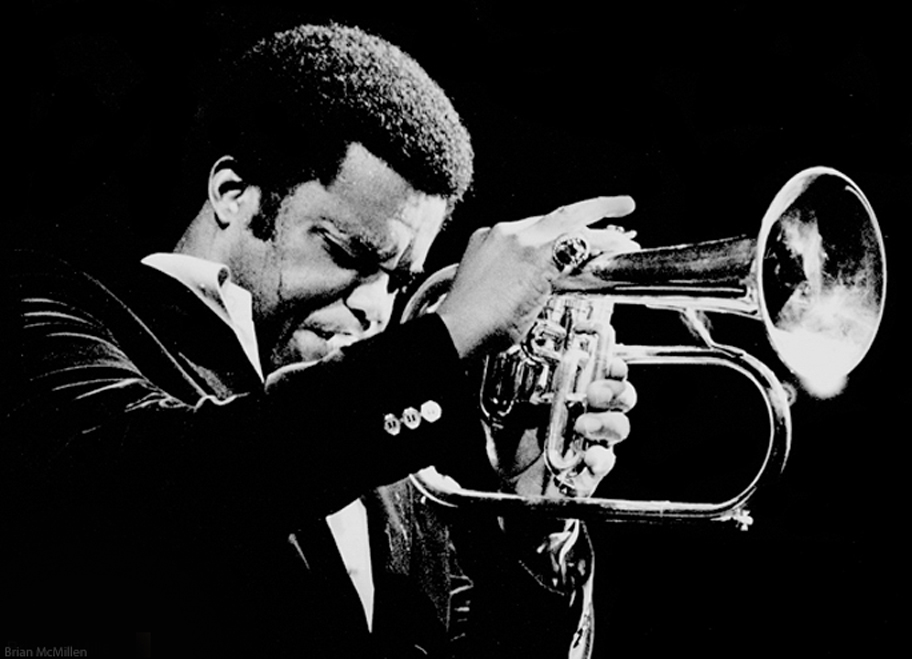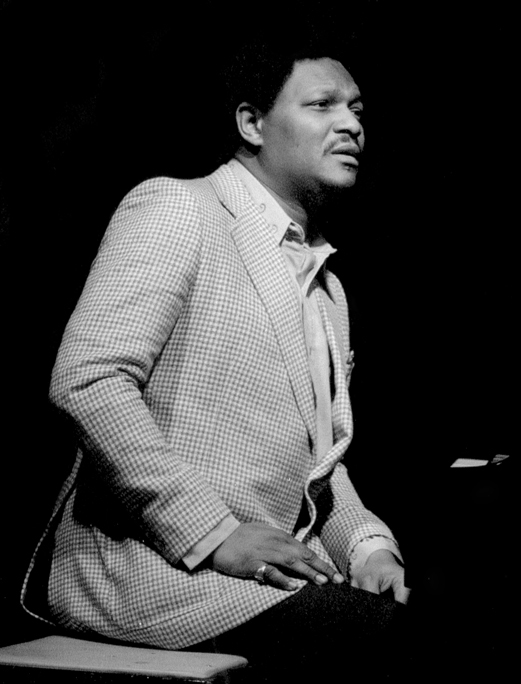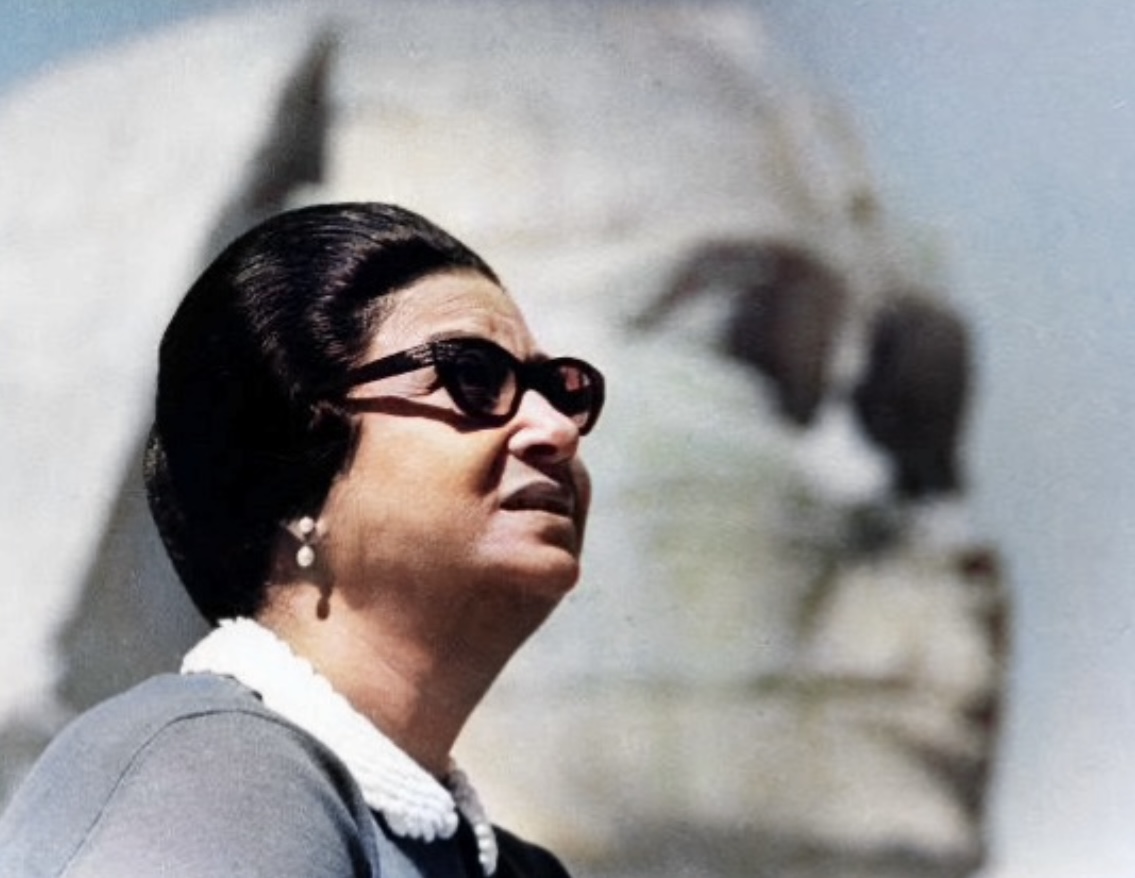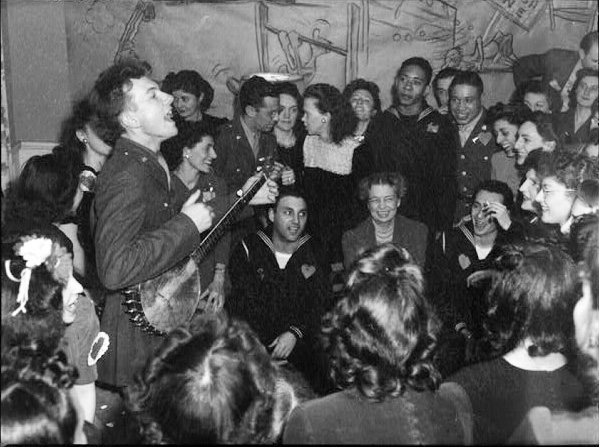|
Olé Coltrane
''Olé Coltrane'' is a studio album by the jazz musician and composer John Coltrane. It was released in November 1961 through Atlantic Records. The album was recorded at A&R Studios in New York, and was the last of Coltrane's Atlantic albums to be made under his own supervision. Background Two days prior to the recording of ''Olé Coltrane'', Coltrane had made ''Africa/Brass'', his inaugural recording session for his new label, Impulse! Records, at the Van Gelder Studio in Englewood Cliffs, New Jersey. With one further album due his old label Atlantic, he brought in his working quintet along with two participants in the ''Africa/Brass'' sessions, Art Davis and Freddie Hubbard. Owing to his concurrent contract with Prestige Records, Eric Dolphy was listed on the credits under the pseudonym George Lane.Porter, p. 212 Coltrane's interest in the music of Spain evident in "Olé", may have been spurred by his ex-employer Miles Davis's ''Sketches of Spain'' from the previous year. The s ... [...More Info...] [...Related Items...] OR: [Wikipedia] [Google] [Baidu] |
John Coltrane
John William Coltrane (September 23, 1926 – July 17, 1967) was an American jazz saxophonist, bandleader and composer. He is among the most influential and acclaimed figures in the Jazz#Post-war jazz, history of jazz and 20th-century music. Born and raised in North Carolina, after graduating from high school Coltrane moved to Philadelphia, where he studied music. Working in the bebop and hard bop idioms early in his career, Coltrane helped pioneer the use of Modal jazz, modes and was one of the players at the forefront of free jazz. He led at least fifty recording sessions and appeared on many albums by other musicians, including trumpeter Miles Davis and pianist Thelonious Monk. Over the course of his career, Coltrane's music took on an increasingly spiritual dimension, as exemplified on his most acclaimed album ''A Love Supreme'' (1965) and others. Decades after his death, Coltrane remains influential, and he has received numerous posthumous awards, including a Pulitzer ... [...More Info...] [...Related Items...] OR: [Wikipedia] [Google] [Baidu] |
Freddie Hubbard
Frederick Dewayne Hubbard (April 7, 1938 – December 29, 2008) was an American jazz trumpeter. He played bebop, hard bop, and post-bop styles from the early 1960s onwards. His unmistakable and influential tone contributed to new perspectives for modern jazz and bebop. Career beginnings Hubbard started playing the mellophone and trumpet in his school band at Arsenal Technical High School in Indianapolis, Indiana. Trumpeter Lee Katzman, former sideman with Stan Kenton, recommended that he begin taking trumpet lessons at the Arthur Jordan Conservatory of Music (now the Jordan College of the Arts at Butler University) with Max Woodbury, principal trumpeter of the Indianapolis Symphony Orchestra. In his teens, Hubbard worked locally with brothers Wes Montgomery, Wes and Monk Montgomery, and worked with bassist Larry Ridley and saxophonist James Spaulding. In 1958, at the age of 20, he moved to New York and began playing with some of the best jazz players of the era, including Philly ... [...More Info...] [...Related Items...] OR: [Wikipedia] [Google] [Baidu] |
McCoy Tyner
Alfred McCoy Tyner (December 11, 1938March 6, 2020) was an American jazz piano, jazz pianist and composer known for his work with the John Coltrane Quartet from 1960 to 1965, and his long solo career afterwards. He was an NEA Jazz Masters, NEA Jazz Master and five-time Grammy Award winner. Tyner has been widely imitated, and is one of the most recognizable and influential jazz pianists of all time. Early life and education Tyner was born on December 11, 1938, in Philadelphia, Pennsylvania, the eldest of Jarvis and Beatrice (née Stevenson) Tyner's three children. Tyner was encouraged to study piano by his mother, who had installed a piano at her beauty salon. When he was 13, Tyner began piano lessons at Granoff School of Music, where he also studied music theory and harmony. By the time he was 15, music had become the focus of his life. Tyner's decision to study piano was reinforced when he encountered bebop pianist Bud Powell, a neighbor of the Tyner family. Another major infl ... [...More Info...] [...Related Items...] OR: [Wikipedia] [Google] [Baidu] |
Music Of Africa
The continent of Africa is vast and its music is diverse, with different Regions of Africa, regions and List of African countries, nations having many distinct musical traditions. African music includes the genres like makwaya, highlife, Mbube (genre), mbube, township music, Jùjú music, jùjú, Fuji music, fuji, jaiva, afrobeat, Afro fusion, afrofusion, mbalax, Congolese rumba, soukous, ndombolo, makossa, kizomba, taarab and others. African music also uses a large variety of instruments from all across the continent. The music and dance of the African diaspora, formed to varying degrees on African musical traditions, include music of the United States, American music like Dixieland jazz, blues, jazz, and many Caribbean music, Caribbean genres, such as calypso music, calypso (see kaiso) and soca music, soca. Latin American music genres such as cumbia, salsa music, son cubano, Cuban rumba, rumba, conga (music), conga, Bomba (Puerto Rico), bomba, samba and Zouk (musical movemen ... [...More Info...] [...Related Items...] OR: [Wikipedia] [Google] [Baidu] |
My Favorite Things (John Coltrane Album)
''My Favorite Things'' is a studio album by the jazz musician John Coltrane. It was released in March 1961 on Atlantic Records. It was the first album to feature Coltrane playing soprano saxophone. An edited version of the title track became a hit single that gained popularity in 1961 on radio. The record became a major commercial success. Background In March 1960, while on tour in Europe, Miles Davis purchased a soprano saxophone for Coltrane. While the instrument had been used in the early days of jazz (notably by Sidney Bechet) it had become rare by the 1950s with the exception of Steve Lacy. Intrigued by its capabilities, Coltrane began playing it at his summer club dates. After leaving the Davis band, Coltrane, for his first regular bookings at New York's Jazz Gallery in the summer of 1960, assembled the first version of the John Coltrane Quartet. The lineup settled by autumn with McCoy Tyner on piano, Steve Davis on bass, and Elvin Jones on drums. Sessions the week before ... [...More Info...] [...Related Items...] OR: [Wikipedia] [Google] [Baidu] |
Soprano Saxophone
The soprano saxophone is a small, high-pitched member of the saxophone family of woodwind instruments invented in the 1840s by Belgian instrument maker Adolphe Sax. Built in B♭ an octave above the tenor saxophone (or rarely, slightly smaller in C), the soprano is the third-smallest member of the saxophone family, which consists (from smallest to largest) of the soprillo, sopranino, soprano, alto, tenor, baritone, bass, contrabass, and subcontrabass. The soprillo and sopranino are rare instruments, making the soprano the smallest saxophone in common use. The instrument A transposing instrument pitched in the key of B, the modern soprano saxophone with a high F key has a range from concert A3 to E6 (written low B to high F) and is therefore pitched one octave above the tenor saxophone. There is also a soprano saxophone pitched in C, which is uncommon; most examples were produced in America in the 1920s. The soprano has all the keys of other saxophone models (with the e ... [...More Info...] [...Related Items...] OR: [Wikipedia] [Google] [Baidu] |
Pete Seeger
Peter Seeger (May 3, 1919 – January 27, 2014) was an American singer, songwriter, musician, and social activist. He was a fixture on nationwide radio in the 1940s and had a string of hit records in the early 1950s as a member of The Weavers, notably their recording of Lead Belly's "Goodnight, Irene", which topped the charts for 14 weeks in 1950. Members of the Weavers were blacklisted during the McCarthyism, McCarthy Era. In the 1960s, Seeger re-emerged on the public scene as a prominent singer of protest song, protest music in support of nuclear disarmament, international disarmament, civil rights, workers' rights, Counterculture of the 1960s, counterculture, environmentalism, environmental causes, and ending the Vietnam War. Among the prolific songwriter's best-known songs are "Where Have All the Flowers Gone?" (with additional lyrics by Joe Hickerson), "If I Had a Hammer (The Hammer Song)" (with Lee Hays of the Weavers), "Kisses Sweeter than Wine" (also with Hays), and ... [...More Info...] [...Related Items...] OR: [Wikipedia] [Google] [Baidu] |
El Vito
"El Vito" is a traditional folk song and dance music of Andalusia whose origins can be traced back to the 16th century. Its name refers to Saint Vitus, patron of dancers. It was created in the nineteenth century as a dancing song typical of the bolero. It includes steps in the art of bullfighting and is usually played by women. The typical costume includes jacket and brimmed hat. The melody of El vito is played fast in a 3/8 time signature, and it uses the harmonic minor scale for the ascending motives, and the phrygian mode, which is the most characteristic of Andalusian music, for the descending mode, which generates an harmonic accompaniment based on the Andalusian cadence. It is also sung with different lyrics, humorous or serious. Pablo de Sarasate composed a "Vito" as part of his ''Spanish Dances'', as well as briefly in an Allegretto section toward the end of his ''Airs espagnols'', Op. 18. It also serves as part of the melody for the " El Quinto Regimiento", an anthem of s ... [...More Info...] [...Related Items...] OR: [Wikipedia] [Google] [Baidu] |
Modal Jazz
Modal jazz is jazz that makes use of musical modes, often modulating among them to accompany the chords instead of relying on one tonal center used across the piece. Though exerting influence to the present, modal jazz was most popular in the 1950s and 1960s, as evidenced by the success of Miles Davis's 1958 composition "Milestones" and 1959 album '' Kind of Blue'', and John Coltrane's quartet from 1960 to 1965. Other performers of modal jazz include Chick Corea, Bill Evans, Herbie Hancock, Joe Henderson, Bobby Hutcherson, Pharoah Sanders, Woody Shaw, Wayne Shorter, McCoy Tyner, and Larry Young.Henry Martin, Keith Waters (2008). ''Essential Jazz: The First 100 Years'', pp. 178-79. . History In bebop as well as in hard bop, musicians use chords to provide the background for solos. A piece starts out with a theme that introduces a series of chords for the solos. These chords repeat throughout the whole piece, while the soloists play new, improvised themes over the repeated cho ... [...More Info...] [...Related Items...] OR: [Wikipedia] [Google] [Baidu] |
Sketches Of Spain
''Sketches of Spain'' is a studio album by American jazz musician Miles Davis, released on July 18, 1960 by Columbia Records. Recording took place between November 1959 and March 1960 at Columbia's 30th Street Studio in New York City. An extended version of the second movement of Joaquín Rodrigo's '' Concierto de Aranjuez'' (1939) is included, as well as a piece called "Will o' the Wisp", from Manuel de Falla's ballet '' El amor brujo'' (1914–1915). ''Sketches of Spain'' is regarded as an exemplary recording of third stream, a musical fusion of jazz, European classical, and styles from world music. Background Davis's wife Frances insisted he accompany her to a performance by flamenco dancer Roberto Iglesias. Inspired by the performance, Davis bought every flamenco album he could buy from a Colony Records shop in New York City. The album pairs Davis with arranger and composer Gil Evans, with whom he had collaborated on several other projects, on a program of compositions l ... [...More Info...] [...Related Items...] OR: [Wikipedia] [Google] [Baidu] |
Miles Davis
Miles Dewey Davis III (May 26, 1926September 28, 1991) was an American jazz trumpeter, bandleader, and composer. He is among the most influential and acclaimed figures in the history of jazz and 20th century music, 20th-century music. Davis adopted a variety of musical directions in a roughly five-decade career that kept him at the forefront of many major stylistic developments in jazz. Born into an upper-middle-class family in Alton, Illinois, and raised in East St. Louis, Davis started on the trumpet in his early teens. He left to study at Juilliard School, Juilliard in New York City, before dropping out and making his professional debut as a member of saxophonist Charlie Parker's bebop quintet from 1944 to 1948. Shortly after, he recorded the ''Birth of the Cool'' sessions for Capitol Records, which were instrumental to the development of cool jazz. In the early 1950s, while addicted to heroin, Davis recorded some of the earliest hard bop music under Prestige Records. After a ... [...More Info...] [...Related Items...] OR: [Wikipedia] [Google] [Baidu] |
Music Of Spain
In Spain, music has played an important role in the development of Western music, and has greatly influenced Latin American music. Spanish music is often associated with traditional styles such as flamenco and classical guitar. While these forms of music are common, there are many different traditional musical and dance styles across the regions. For example, music from the north-west regions is heavily reliant on bagpipes, the Jota (music), jota is widespread in the centre and north of the country, and flamenco originated in the south. Spanish music played a notable part in the early developments of western classical music, from the 15th through the early 17th century. The breadth of musical innovation can be seen in composers like Tomás Luis de Victoria, styles like the zarzuela of Spanish opera, the ballet of Manuel de Falla, and the classical guitar music of Francisco Tárrega. Nowadays, in Spain as elsewhere, the different styles of commercial popular music are dominant. ... [...More Info...] [...Related Items...] OR: [Wikipedia] [Google] [Baidu] |








